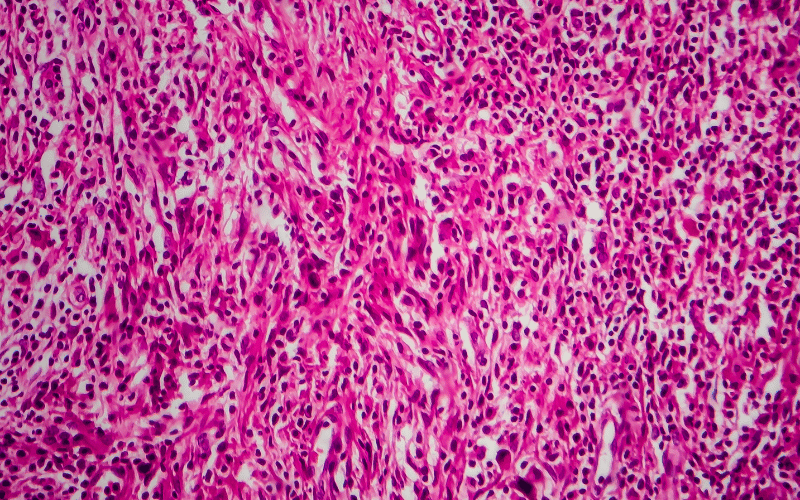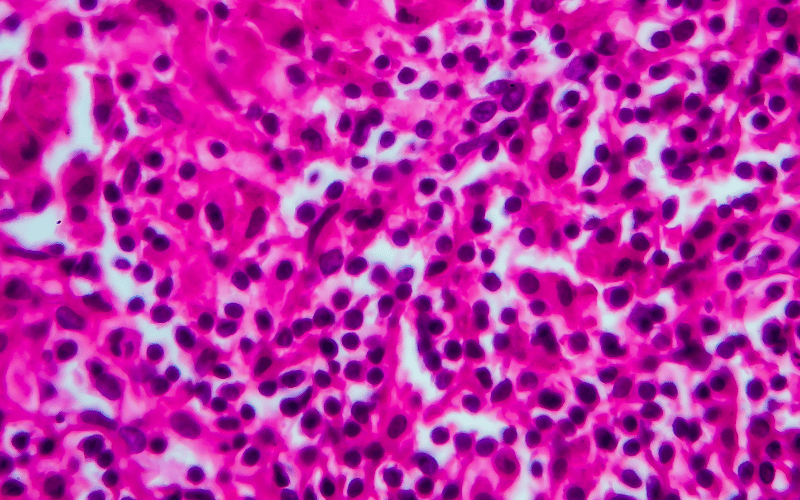Introduction: Navigating the Intricacies of Waldenstrom Macroglobulinemia

In the vast landscape of medical diagnoses, Waldenstrom Macroglobulinemia (WM) stands out not just because of its rarity, but also due to the unique challenges it presents to both medical professionals and those diagnosed. WM, for those unfamiliar, is a type of non-Hodgkin lymphoma. It’s a mouthful, no doubt, but its understanding is critical for those who find themselves or their loved ones grappling with it.
There’s a certain anxiety that accompanies unfamiliar medical terms. Our instinct is often to jump onto search engines and seek out the most straightforward explanations. However, when it comes to conditions like WM, the answers aren’t always straightforward. One of the primary concerns, of course, is life expectancy. The very term ‘life expectancy’ can be daunting. It prompts us to consider our mortality and that of our loved ones. But knowledge, as they say, is empowering. And that’s precisely what this article aims to provide: clarity, understanding, and a touch of hope.
WM, though rare, is part of the broader family of non-Hodgkin lymphomas. Accounting for just 1-2% of these, it may seem like a small piece of a large puzzle. But for those diagnosed, understanding this piece is pivotal. The disease’s main characteristic is the overproduction of IgM antibodies. This, in turn, can cause the blood to thicken, leading to a range of symptoms. But what does it mean in the broader context of life expectancy? Let’s delve into that next.
Fact 1: Understanding Waldenstrom Macroglobulinemia

Waldenstrom Macroglobulinemia (WM) is a unique condition that lies within the realm of non-Hodgkin lymphomas. Its defining feature is the overproduction of IgM antibodies. This excess can cause the blood to become more viscous, leading to several symptoms that can drastically alter one’s quality of life.
Although often clumped with other non-Hodgkin lymphomas, it’s vital to recognize that WM has a distinct profile. This distinction is crucial not just for academic purposes but for treatment avenues and prognostic measures. WM doesn’t just reside in the blood. The bone marrow, a critical component of our body’s blood-forming mechanism, gets affected, leading to potential disruptions in its functionality.
Many might wonder, why the overproduction of antibodies, which are typically helpful, can be detrimental? In normal circumstances, these antibodies fight off infections. However, in WM, their overproduction becomes a challenge.
The reason being, our circulatory system isn’t equipped to handle blood that’s too thick. This thickness can impede circulation, affecting oxygen distribution and overall organ functionality. Conclusively, understanding WM isn’t just about acknowledging a disease; it’s about recognizing an intricate balance our body maintains, which, when disrupted, can lead to significant consequences. (1)